Cabinets come in different materials, design, and build, all which affect the variability in their pricing. Let’s take a look at the 3 biggest factors affecting cost.
Materials:
Solid wood – This is the most expensive option but it is very durable. Type of wood may vary as well, especially on the door front, giving you a variety of looks when you plan to finish them off with stain.
MDF – Medium Density Fiberboard, which is made of wood fibers and resin. It is a cheaper material but is not affected by termites, which can be an important consideration depending where you live.
Plywood – This is a middle of the road material. It offers great water resistance.
Particle Board – Made from wood and sawdust, it is the cheapest cabinet material.
Glass inserts – Many people like to select a few cabinets to add glass inserts in the doors to display their nicer serving ware. This will increase cost.
There are a variety of finishes available on the cabinets. On solid wood, stain or paint are the finishing options. On the other materials you may see paint, thermofoil, laminate, or melamine. We’ll save the differences for another discussion, just realize that they do affect cost. Lastly, the thickness typically ranges from half an inch to three quarters of an inch. More material is more expensive.
Labor:
Demolition – There is obviously a cost to remove and dispose of old cabinets. You can save a little bit of money by doing this yourself but we don’t recommend it unless you know what you are doing. You must remove the cabinets properly to prevent or reduce damage to the walls. You also want to make sure you don’t accidentally end up with leaks when you disconnect the plumbing. Old valves don’t always work to completely shut off the flow of water. Avoiding the hassle is usually worth the cost of letting a professional handle the work.
Installation – Cabinets must be installed securely and safely. This requires locating studs and using the correct screws. Often the cabinets themselves have to be built. The bases need to be installed level which often involves using shims. The uppers not only need to be level, they have to support a lot of weight. Not installing them correctly could be disastrous. Lastly, there is often some detailed carpentry involved to install spacers, fillers, toe kicks and end panels to complete the desired look and layout. You can expect the installation labor to run approximately 40-50% of the cabinet costs.
Customization:
Custom cabinets are individually produced and often manually constructed. Although stock cabinets may cost considerably less, you will also have less options for personalization. These are some of the options that stock cabinets will not give you:
- Custom sizes
- Floating shelves
- Cabinet inserts
- Appliance panels
- Pull out drawers
- Toe-kick drawers
- Drawers vs Doors
- Hardware upgrades
You may have been shocked receiving those initial estimates for a new kitchen but we hope you now realize some of the reasons it is justifiably expensive. It’s an investment that will not only make your time in the kitchen more enjoyable and efficient but when done well, it will increase the value of your home.


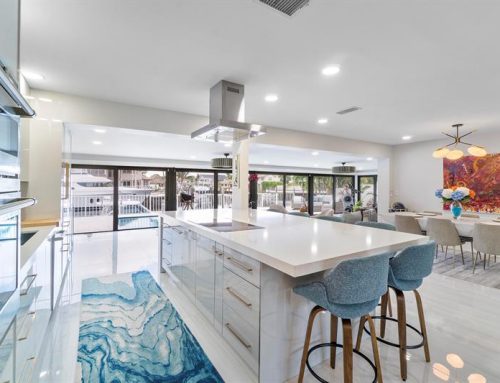
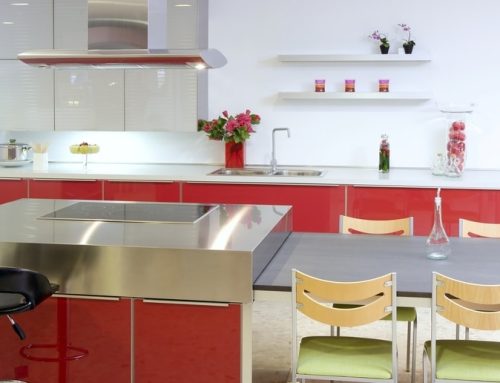
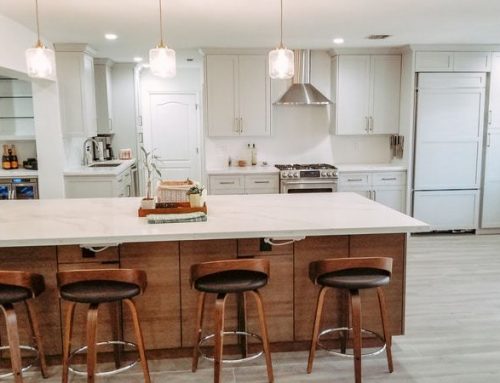
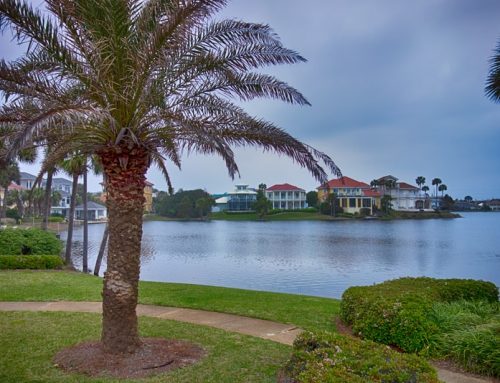
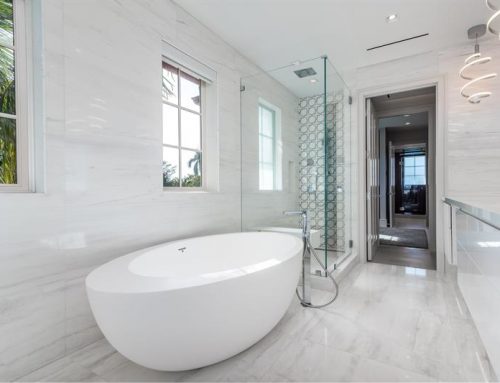
Leave A Comment